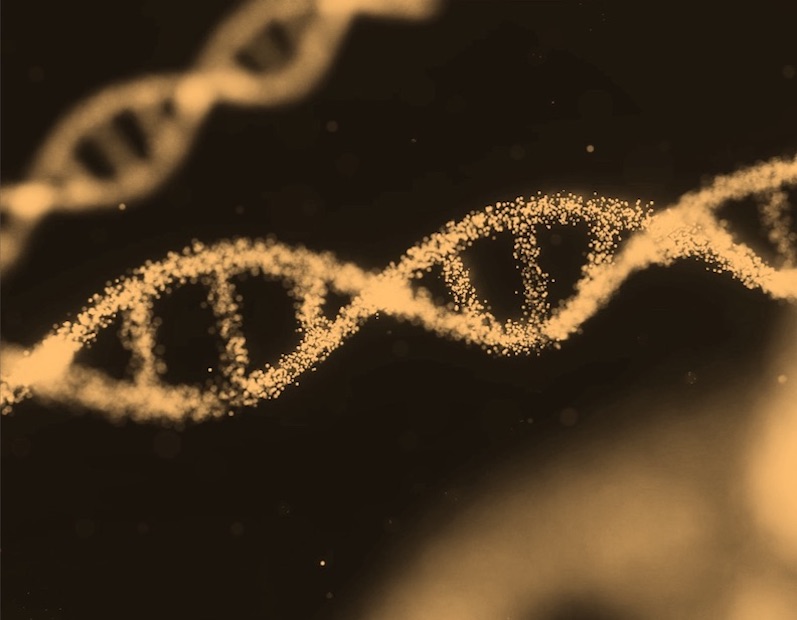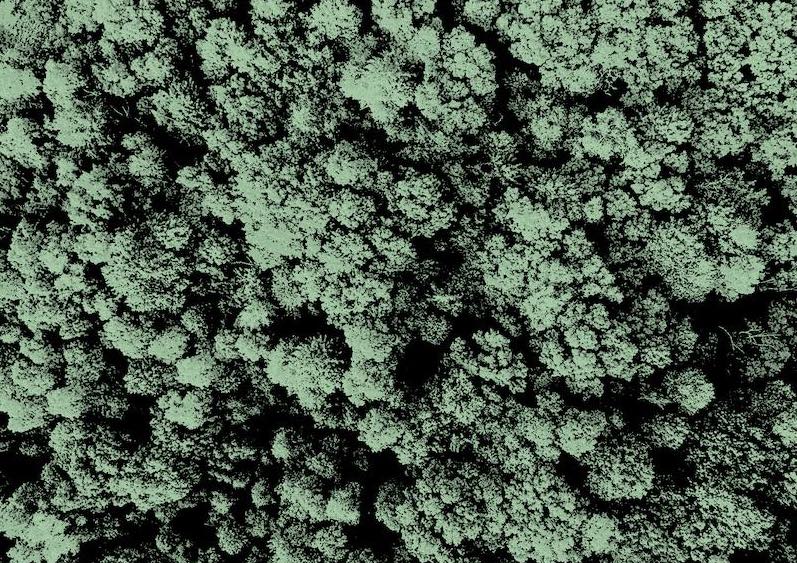What is it about?
This study shows how palladium catalysts, immobilized in thin films of silica-supported ionic liquids, can control the outcome of hydroamination reactions between aniline and styrene. Depending on the reaction conditions, the system selectively produces either the Markownikoff or the anti-Markownikoff addition product. The work explores how the catalyst environment, especially the nature of the ionic liquid, influences catalytic activity and product distribution.
Featured Image

Photo by Dan Cristian Pădureț on Unsplash
Why is it important?
This research introduces a practical way to fine-tune hydroamination reactions, which are important for making valuable chemicals. By adjusting the catalyst structure and environment, it becomes possible to selectively favor different products under different conditions. The findings open pathways toward more efficient and stable catalytic processes, important for industrial applications where selectivity and catalyst lifetime are key challenges.
Perspectives
Working on this article was exciting because it showed how clever catalyst design — using supported ionic liquids — can provide both flexibility and efficiency in chemical synthesis. It highlights the power of combining organometallic chemistry with materials science, and I hope it inspires further innovation in tailoring catalysts for other challenging transformations.
Prof. Dr. Thomas Ernst Müller
Ruhr-Universitat Bochum
Read the Original
This page is a summary of: Markownikoff and anti-Markownikoff hydroamination with palladium catalysts immobilized in thin films of silica supported ionic liquids, Chemical Communications, January 2006, Royal Society of Chemistry,
DOI: 10.1039/b605567b.
You can read the full text:
Contributors
The following have contributed to this page







